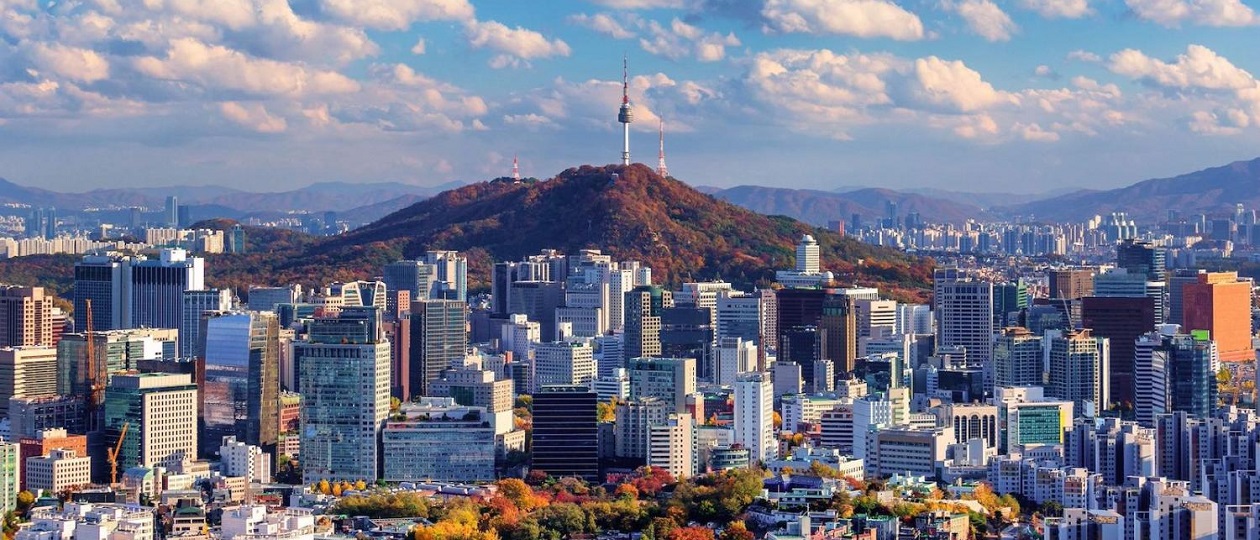
Manufacturers were spurred by an appeal and a magical push from President Lee Jae-myung.
The “trade deal” between the US and South Korea includes $350 billion in investments by South Korean companies in strategic sectors of the American economy.
On Friday, November 14, the “deal” (actually a declaration of intent) was officially agreed upon, and on Sunday, November 16, a meeting was held between South Korean President Lee Jae-myung and the heads of the country’s major industrial giants.
It appears that investments in the US economy are being put on the back burner. The “no money” argument was good for Trump, but funds have been found for their own economy.
Hyundai Motor Group announced $85.5 billion in internal investments from 2026 to 2030. Shipbuilders Hanwha Ocean and HD Hyundai also unveiled investment plans.
Samsung’s new memory chip factory will meet demand for traditional and AI-enabled servers. Semiconductor prices are rising as corporations’ rush to produce AI chips reduces the supply of equipment needed for smartphones, computers, and servers.
This month, Samsung Electronics raised prices for some memory chips by as much as 60% compared to September. Meanwhile, the launch of a new production line (the so-called P5 factory), part of the world’s largest chip complex, has been delayed since late 2023 due to declining demand for smartphone and PC chips and oversupply, according to Samsung’s public statements.
In other words, despite the formal growth in production capacity for various types of semiconductors, chaos reigns in the markets. And in this chaos, home rule is king.
South Korea is a classic “capitalist” country, where government mandates are perceived as orders by major companies (literally, as in the USSR in the 1970s). But in other countries and regions, protectionist measures and the desire to keep critical production facilities local are becoming the new norm.





